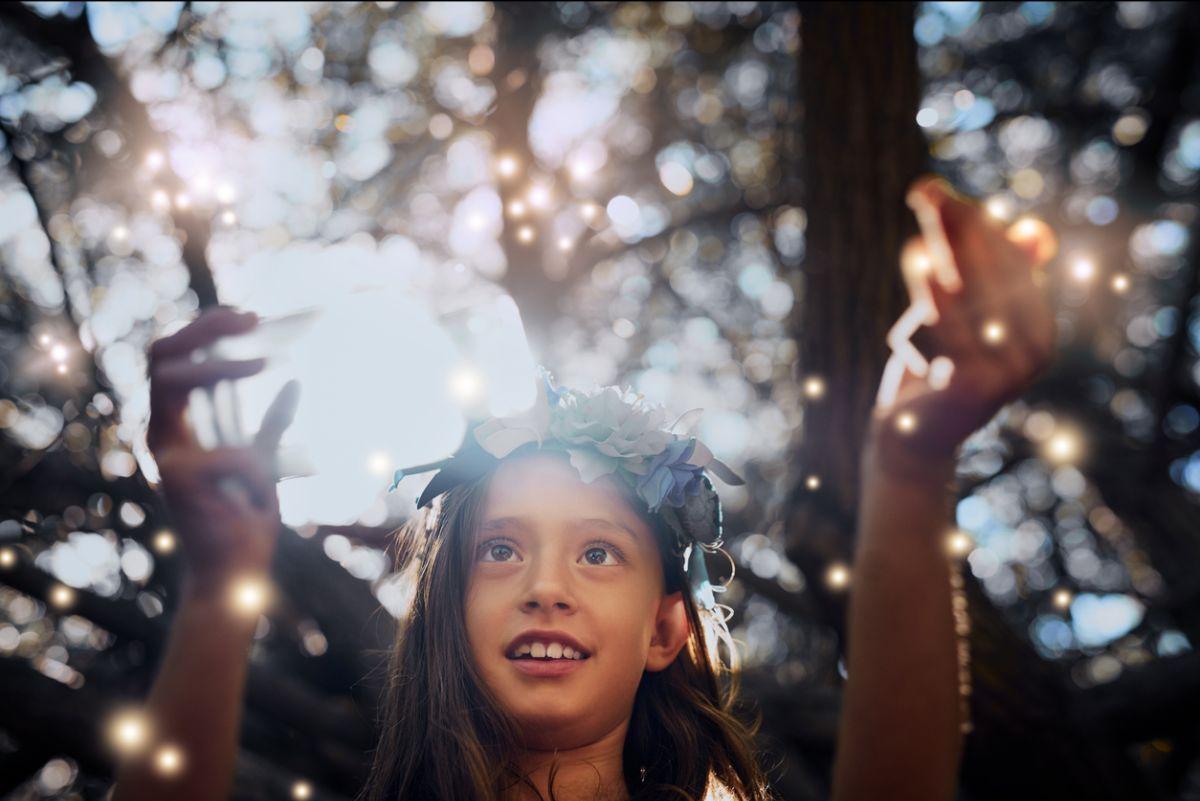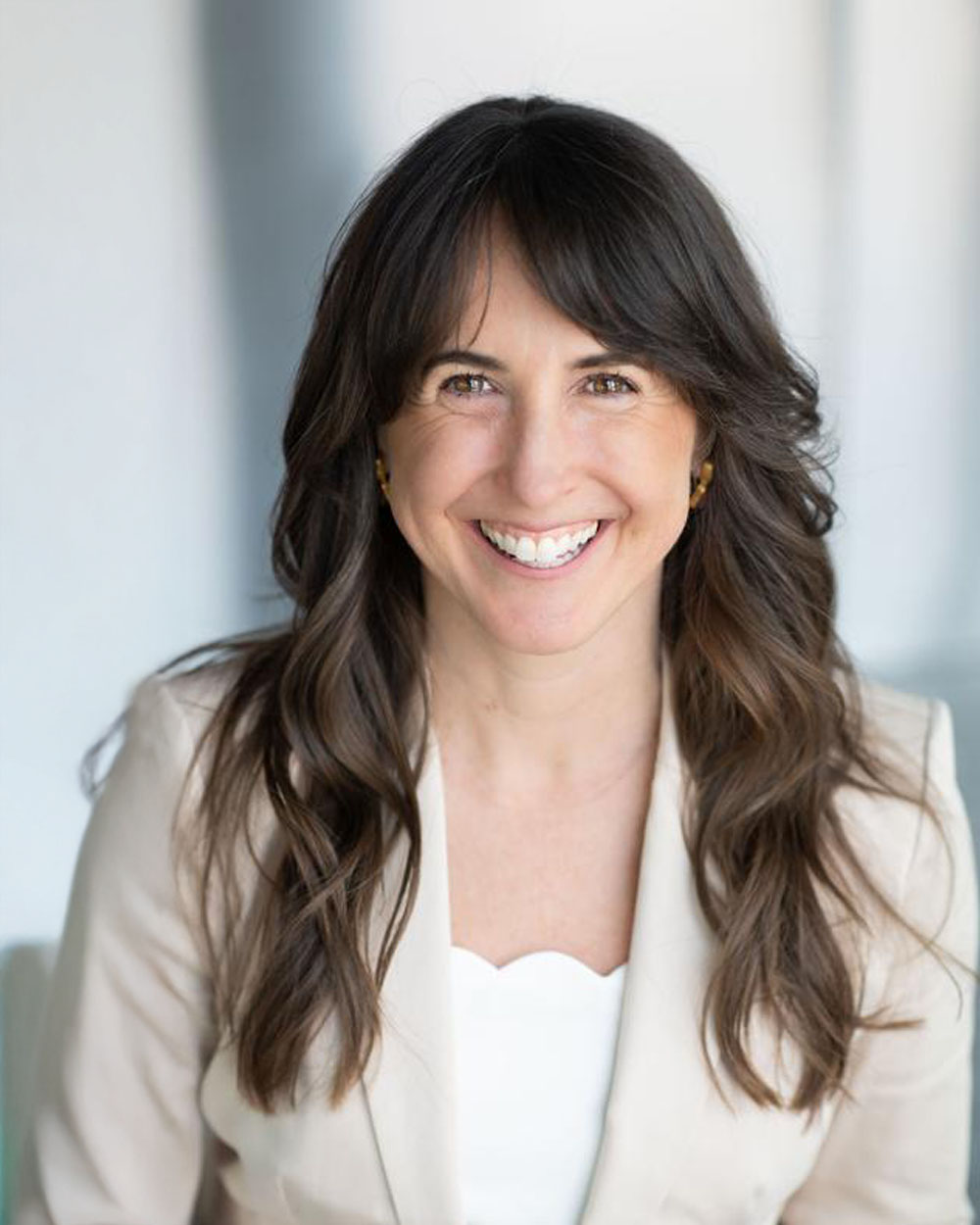Sitting still, following instructions, staying quiet, remembering things, and paying attention to one thing at a time. These are things that don’t come easily for a young girl with ADHD. She will need support and extra practice in building these skills.
I want us to always be asking ourselves the question: what’s underneath these struggles? What is the thing, deep inside this young human, that is ready to thrive, ready to bloom, just needing a little acknowledgment and room to grow? It is my belief that this thing has tremendous power and potential for propelling the young girl with ADHD into her most authentic creative self.
I want us to hold all of this in balance when we think about the young girl with ADHD. I want us to see that she struggles with many of the skills that are required for navigating school, home, and social situations in a traditional way. I want us to provide support for her to grow these skills. At the very same time, and always throughout her life, I want us to tell her and show her that we see her power, that we see and respect her instinctual nature. Even when we don’t fully understand it, we respect it. When she is young, we as adults must see her instinctual nature and respect it for her so that she can learn to do this for herself.
I want us to teach the girl with ADHD that her “attention” is a powerful resource. In a world (e.g., a classroom) where divergent attention threatens to derail linear progress, we want to teach her the skills of honing her focus when she needs to. At the same time, we want to help her to grow that expansive, ever-observant, “what-if” mind. She does not have a deficit of attention. She has big, expansive, powerful attention. She’s just got a bigger-than-normal task in learning how to manage this resource. For the girl with ADHD, her progress will likely not always (or ever) be linear or predictable. It might be more of that nail-bitingly precarious roller coaster kind of path. And here’s why this is good: because it’s her path. The more she trusts herself, the better she’ll be able to create and navigate her most authentic path. The more we can support her in her own way of navigating through life, the better she’s going to get at listening to her own instinctual, wise self.
Here’s a related gem from one of my favorite authors, Clarissa Pinkola Estés, PhD: “Girl children who display a strong instinctive nature often experience significant suffering in early life. From the time they are babies, they are domesticated, [often] told they are wrong-headed and improper. Their wildish natures show up early. They are curious, artful, and have gentle eccentricities of various sorts, ones that, if developed, will constitute the basis for their creativity for the rest of their lives. Considering that the creative life is the soul’s food and water, this basic development is excruciatingly critical.”


